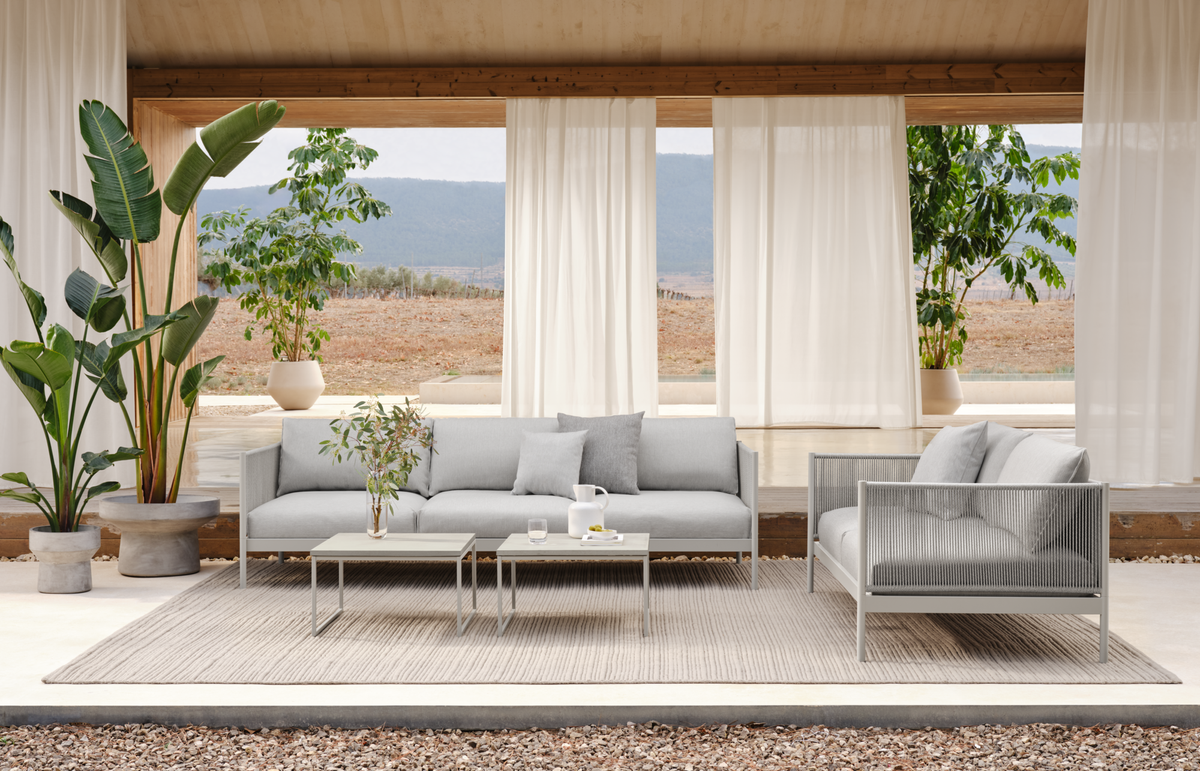Tiny House Design Ideas for Stylish and Functional Living
Exploring the World of Tiny House Living
Tiny houses have become a popular housing trend in recent years, offering an alternative lifestyle that prioritizes simplicity, sustainability, and affordability. Despite their small size, tiny houses can be stylish, comfortable, and highly functional spaces when designed thoughtfully. Let’s delve into some creative design ideas that maximize space and enhance the functionality of tiny homes.
Maximizing Vertical Space with Loft Beds
One of the most effective ways to make the most of limited floor space in a tiny house is by incorporating loft beds. These elevated sleeping areas free up valuable square footage below, allowing for additional living or storage space. Loft beds can be accessed via ladders or built-in staircases, and they offer a cozy and private sleeping area while maximizing vertical space.
Utilizing Multi-Functional Furniture Pieces
In a tiny house, every piece of furniture must serve multiple purposes to maximize functionality. Look for multi-functional furniture pieces such as sofa beds, convertible tables, and storage ottomans that can perform double duty. Murphy beds that fold up into the wall during the day are another popular option for saving space in tiny house living areas.
Optimizing Storage Solutions
Effective storage solutions are crucial in tiny house design to keep clutter at bay and maintain a sense of orderliness. Consider incorporating built-in cabinets, shelves, and drawers into every available nook and cranny. Utilize under-bed storage, overhead shelving, and wall-mounted organizers to make the most of vertical space. Maximize storage efficiency by using containers, baskets, and organizers to keep items neatly sorted and easily accessible.
Creating Open-Concept Living Areas
Open-concept floor plans are well-suited to tiny house living, as they create a sense of spaciousness and flow within the limited square footage. By combining the kitchen, dining, and living areas into one cohesive space, tiny houses can feel larger and more airy. Use furniture placement and area rugs to define different zones within the open-concept layout while maintaining a sense of continuity.
Incorporating Outdoor Living Spaces
Expanding living space beyond the confines of the tiny house itself can help alleviate feelings of confinement and enhance overall comfort. Consider incorporating outdoor living spaces such as decks, patios, or rooftop terraces into your tiny house design. These outdoor areas can serve as extensions of the indoor living space, providing additional room for relaxation, dining, and entertaining.
Embracing Natural Light
Ample natural light is essential in tiny house design to create a sense of openness and connection to the outdoors. Maximize natural light by incorporating large windows, skylights, and glass doors into your tiny house design. Position windows strategically to capture views, enhance ventilation, and flood the interior with daylight. Light-colored walls, reflective surfaces, and minimal window treatments can also help maximize natural light and make tiny spaces feel brighter and more spacious.
Selecting Space-Saving Appliances and Fixtures
Choosing compact, energy-efficient appliances and fixtures is essential in tiny house design to minimize space consumption and energy usage. Look for slimline appliances, such as narrow refrigerators, compact dishwashers, and stackable washer-dryer combos, that are designed specifically for small spaces. Opt for space-saving fixtures like wall-mounted sinks, fold-down tables, and shower stalls with integrated storage to maximize functionality while minimizing footprint.
Designing for Personalization and Comfort
While functionality is paramount in tiny house design, it’s also important to prioritize personalization and comfort to create a space that truly feels like home. Incorporate elements that reflect your personal style and interests, whether it’s a cozy reading nook, a compact home office, or a built-in entertainment center. Choose materials, colors, and textures that evoke a sense of warmth and coziness, making your tiny house a welcoming retreat that you’ll love coming home to. Read more about design for small house










